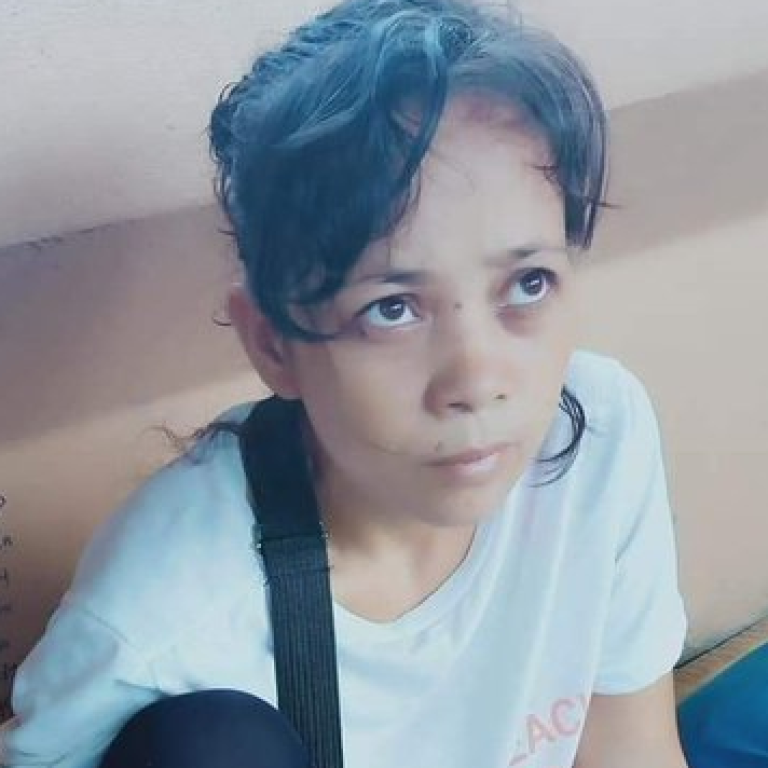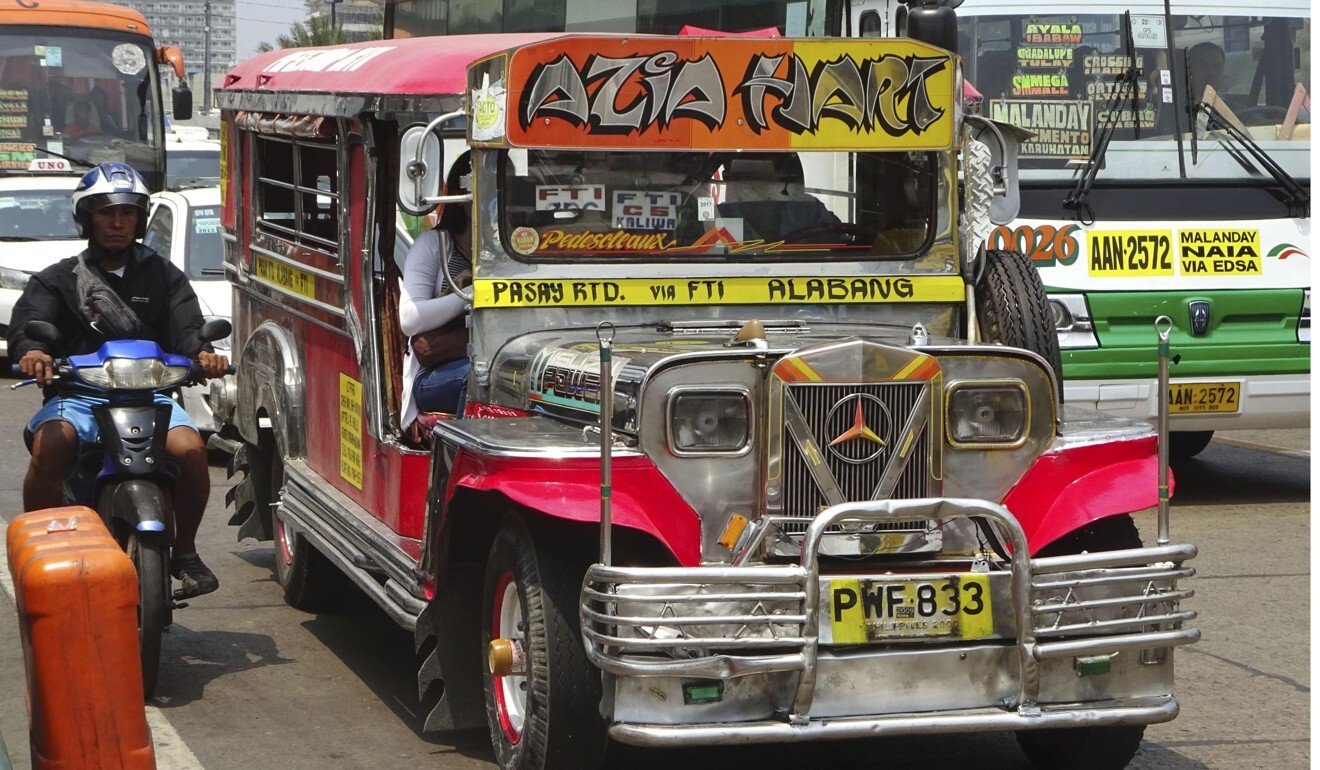
In the Philippines, the death of a stranded mother highlights Manila’s commuter nightmare
- Michelle Silvertino died after waiting for five days to get a bus back to her home province, as most public transport remains banned
- Metro Manila has relaxed its coronavirus lockdown but many commuters are unable to get to work and are forced to walk long distances
On June 5, Michelle Silvertino, 33, died in a Manila hospital soon after authorities found her huddled under a pedestrian overpass in Pasay City.
She had left her employer on June 1, believing she could take a provincial bus. After finding the terminal closed she walked for several hours with her luggage to a terminal in a different city in Metro Manila, only to find there were no buses departing there either. She chose to wait beneath the overpass near the bus stop for a ride that never came.

“At this juncture we still cannot let all modes of transport be on the street; this will defeat the purpose of quarantine,” presidential spokesperson Harry Roque said.
“It’s almost a physical impossibility to have social distancing when passengers face each other in a jeepney,” he told news channel ANC.
The restrictions mean commuters who do not own cars or bicycles are left with few options. They can take metro trains but they have to find a way to get to the station and then queue for hours. They can try taking one of the few express buses, hail a taxi or book a Grab vehicle, but there are limited numbers of these.
Manila emerges from virus lockdown into economic uncertainty
So every working day, crowds of commuters gather on the side of the road with no regard for social distancing, waiting for something to turn up – a military truck or a government bus offering free rides or even a car with a sympathetic driver.

Far from being sympathetic, authorities have scolded these frustrated, hapless commuters for crowding together.
“People have lost focus … they were focused on travelling even though they know … our first priority is health and safety and how to get from point A to point B is our second priority,” Jose Garcia, head of the Metropolitan Manila Development Authority, said earlier this month.
Philippine government will pay Manila residents to leave crowded capital
When a group of jeepney drivers protested on the street, asking permission to operate, they were arrested. When cyclists, impatient with the government’s promise to create bicycle lanes, took it upon themselves to mark out lanes using weighted coloured water bottles, authorities removed the markers and threatened to fine the cyclists.
Transportation secretary Arthur Tugade said his department “never promised or said that transportation will be extensive and will meet the requirements of all on the first day [of quarantine easing]”.

Facing the prospect of a nightmare commute, some people have chosen to stay home. Emma Oceate, an orthopaedic clinic assistant, has not been to work for nearly three months since the lockdown started on March 16. Her trip to work normally takes an hour.
“There are no jeeps,” she said. “They’re not saying when they’re going to allow jeeps again. I just stay here, asking for food from the neighbour.”
Joseph Uy, managing editor of a glossy lifestyle magazine, has also not bothered to brave the streets.
Manila shopping centres reopen, minus the free Wi-fi
“I tried. I told myself, this is crazy, forget it,” he said, adding that he was “sick and tired” of sardines after deciding to stay at home.
There are exceptions. Some commuters have managed to find their way to work. Diego (not his real name) works in a hair salon in a mall. He takes a taxi three times a week, and said his company gave employees an extra 5,000 Philippine pesos (US$99) for transport during this period. Despite the strict quarantine, he said his services were in great demand.
“One client personally picked me up, driving his Jaguar,” he said. “I cut the hair of all four people in his house.”

